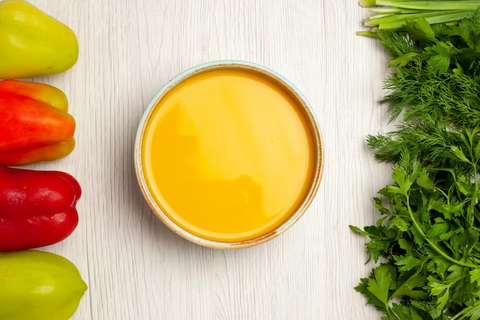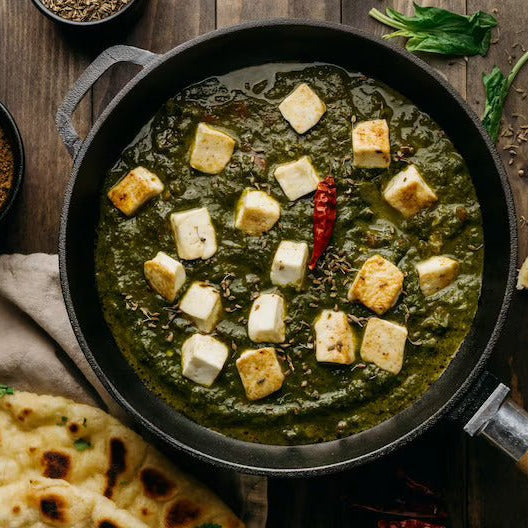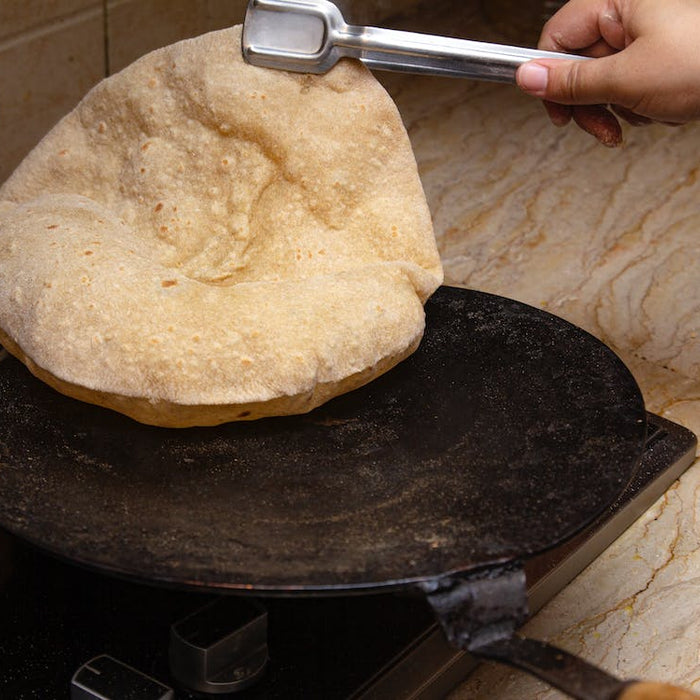
Yellow Mustard: Uses and Benefits and Important Facts
Yellow mustard, often referred to simply as "mustard," is a condiment made from the seeds of the white or yellow mustard plant (Sinapis alba or Brassica hirta). These seeds are finely ground, mixed with vinegar, water, and other seasonings to create the smooth, tangy sauce known as yellow mustard. Its distinctive bright yellow color and zesty flavor make it a beloved condiment in many households.

When Was Yellow Mustard First Used?
The history of yellow mustard dates back thousands of years. Archaeological findings suggest that mustard seeds have been used in culinary preparations for over 5,000 years. Ancient civilizations, including the Romans, Greeks, and Egyptians, were known to have used mustard seeds for both culinary and medicinal purposes.
Where is Yellow Mustard Produced?
Yellow mustard is produced and enjoyed worldwide. However, some of the largest producers of yellow mustard include the United States, Canada, and various European countries. In the United States, regions like the Midwest, particularly Kansas and Missouri, are renowned for their mustard production.
Who Consumes Yellow Mustard?
Yellow mustard boasts a broad consumer base. It's a versatile condiment enjoyed by people of all ages and backgrounds. Whether you're at a family barbecue, a gourmet hot dog stand, or a baseball game, you're likely to find yellow mustard as a condiment of choice. Its widespread popularity transcends cultural and culinary boundaries.
Why is Yellow Mustard So Popular?
The popularity of yellow mustard can be attributed to several factors:
-
Taste Enhancement: Yellow mustard's tangy and slightly spicy flavor enhances the overall taste of a dish. It adds depth and character to a wide range of foods.
-
Versatility: This condiment is incredibly versatile and pairs well with various dishes. It complements everything from hot dogs and burgers to sandwiches and pretzels.
-
Texture: Yellow mustard's smooth texture allows for easy spreading and drizzling, making it a convenient condiment for various culinary creations.
-
Low in Calories: Yellow mustard is a calorie-friendly condiment, making it a guilt-free choice for health-conscious individuals.
-
Historical Significance: It has a rich history and has stood the test of time, making it a beloved classic in the world of condiments.
What Are the Culinary Uses of Yellow Mustard?
Yellow mustard's culinary uses are vast and varied. Some of its primary applications include:
-
Hot Dogs and Sausages: Yellow mustard is a classic topping for hot dogs and sausages. Its tangy kick complements the savory flavors of these meats perfectly.
-
Burgers: Mustard and burgers go hand in hand. Its acidity balances the richness of the beef patty, resulting in a well-rounded flavor profile.
-
Sandwiches: Yellow mustard adds zest to sandwiches, particularly those with deli meats like ham and turkey.
-
Pretzels: Soft pretzels and yellow mustard are a beloved snack combination. The mustard's tanginess contrasts delightfully with the doughy pretzel.
-
Salad Dressings: It serves as a key ingredient in homemade salad dressings, providing a tangy twist to salads and greens.
-
Marinades: Yellow mustard is an excellent addition to marinades for chicken, pork, or tofu. Its acidity helps tenderize the meat while infusing it with flavor.
What Are the Health Benefits of Yellow Mustard?
Yellow mustard offers several potential health benefits:
-
Low in Calories: Yellow mustard is a calorie-efficient condiment. A single serving provides flavor without a significant calorie intake, making it suitable for weight-conscious individuals.
-
Antioxidants: Mustard seeds, from which yellow mustard is made, contain antioxidants that help protect cells from oxidative damage.
-
Anti-Inflammatory Properties: Some studies suggest that mustard seeds may have anti-inflammatory effects, potentially aiding in the management of inflammatory conditions.
-
Digestive Aid: Mustard may stimulate the production of digestive juices, promoting better digestion.
-
Rich in Selenium: Mustard seeds are a good source of selenium, an essential mineral that supports various bodily functions, including metabolism and immunity.
-
Low in Saturated Fat and Cholesterol-Free: Yellow mustard contains minimal saturated fat and is naturally cholesterol-free.
Which Brands Are Known for Yellow Mustard?
Several brands are renowned for their high-quality yellow mustard. Some of the most recognizable names in the world of yellow mustard include:
-
French's: Established in 1904, French's is a well-known brand famous for its bright yellow mustard.
-
Heinz: Heinz, a household name in condiments, produces a popular yellow mustard that's often found on picnic tables and in restaurants.
-
Gulden's: Known for its spicy brown mustard, Gulden's also offers a classic yellow mustard.
-
Grey Poupon: While Grey Poupon is famous for its Dijon mustard, it offers a smooth and creamy yellow mustard as well.
-
Plochman's: Plochman's, founded in 1852, is another respected brand in the world of mustard.
In conclusion, yellow mustard is not just a condiment; it's a culinary staple with a rich history and a bright future. Its versatility, tangy flavor, and potential health benefits make it a beloved choice for enhancing the taste of various dishes. Whether you're at a summer barbecue, enjoying a ballpark hot dog, or simply adding a zing to your homemade sandwich, yellow mustard is the go-to condiment for elevating your culinary experience.
See below our Bestsellers of Premium Cookware👇
Featured collection
-
Original price - Original priceOriginal price Rs. 19.99Rs. 19.99-Current price Rs. 19.99
Product title
Original price - Original priceOriginal price Rs. 19.99Rs. 19.99-Current price Rs. 19.99 -
Original price - Original priceOriginal price Rs. 19.99Rs. 19.99-Current price Rs. 19.99
Product title
Original price - Original priceOriginal price Rs. 19.99Rs. 19.99-Current price Rs. 19.99 -
Original price - Original priceOriginal price Rs. 19.99Rs. 19.99-Current price Rs. 19.99
Product title
Original price - Original priceOriginal price Rs. 19.99Rs. 19.99-Current price Rs. 19.99 -
Original price - Original priceOriginal price Rs. 19.99Rs. 19.99-Current price Rs. 19.99
Product title
Original price - Original priceOriginal price Rs. 19.99Rs. 19.99-Current price Rs. 19.99 -
Original price - Original priceOriginal price Rs. 19.99Rs. 19.99-Current price Rs. 19.99
Product title
Original price - Original priceOriginal price Rs. 19.99Rs. 19.99-Current price Rs. 19.99
Blog posts
-
-

What is Karahi or Kadahi? Exploring Its Best Use in 2024 | Non Stick
The kadai or karahi holds a special place, when it comes to Indian cooking,choose MACclite kadai cookware for a healthier and more enjoyable cooking experience.Read now -

Best Tawa for Roti 2024 - Guide to Choosing the Best Iron Tawa for Your Family
The roti tawa is the right tool to achieve the ideal texture and taste. Finding the perfect roti tawa for your family can be both rewarding and challenging in 2024 due to the many options available.Read now


